The Two Streets Named Layton
Meat packer and philanthropist Frederick Layton was so beloved he was honored twice.
There are only four people who have more than one Milwaukee street named for them. Three were presidents of the United States and the other was Frederick Layton. Layton had an avenue named for him because he was a meatpacker and a boulevard to honor his contributions to the city.
In 1843, as a sixteen-year old, Layton came to Wisconsin from England with his father, John. They opened a butcher shop called the J&F Meat Market on N. Water Street two years later. In 1849, they erected a three-story building at 2504 W. Forest Home Avenue to serve as their home and as a hotel and called it the Layton House. It was built on farmland, but is now one of the city’s oldest buildings standing on a busy urban street, yet it is hardly recognizable due to a two-story addition to the front of the structure.
![Frederick Layton. Meganwh [CC BY-SA 3.0 (https://creativecommons.org/licenses/by-sa/3.0)], from Wikimedia Commons](https://urbanmilwaukee.com/wp-content/uploads/2018/11/Frederick_Layton.jpg)
Frederick Layton. Meganwh [CC BY-SA 3.0 (https://creativecommons.org/licenses/by-sa/3.0)], from Wikimedia Commons
In 1892, when Cudahy was in his early 40s and founding his industrial town of Cudahy, he named 30 streets for men in the meatpacking industry and designated the important arterial Layton Avenue for his former boss. Layton sometimes dined with his former protégé at Cudahy’s meatpacking offices in his new village. Layton Avenue first appeared on Milwaukee’s map in 1951 when the city annexed land in the Town of Lake west of the city of Cudahy. Milwaukee’s portion of Layton Avenue runs from S. Logan Avenue to S. 27th Street and is heavily commercial.
Cudahy referred to Layton as “Milwaukee’s Grand Old Man” and so did nearly everyone else. Layton’s contribution to the city’s culture is still felt today. In 1888, he built the Layton Art Gallery and stocked it with art pieces that he acquired in his many trips to Europe, where he sold a significant portion of his meat products. The gallery, which he donated to the public, was on the northeast corner of E. Mason and N. Jefferson streets.
![Layton Art Gallery. Meganwh [CC BY-SA 3.0 (https://creativecommons.org/licenses/by-sa/3.0)], from Wikimedia Commons](https://urbanmilwaukee.com/wp-content/uploads/2018/11/Layton-Art-Gallery-590x485.jpg)
Layton Art Gallery. Meganwh [CC BY-SA 3.0 (https://creativecommons.org/licenses/by-sa/3.0)], from Wikimedia Commons
In 1909, in appreciation for his generosity, the city renamed the portion of S. 27th Street between Mitchell Park and W. Lincoln Avenue, a primarily residential area, calling it S. Layton Boulevard. The naming was in opposition to the city’s normal policy, which was to not honor any living people for fear that they might do something that would tarnish their name. But Layton, who retired in 1900 and was 82 years old at the time of the honor, was unlikely to do anything to hurt his reputation.
Layton spent his retirement years reading and gardening at his unpretentious home at W. Kilbourn Avenue and N. Marshall Street. Neighborhood children referred to him as the “Flower Man.” He died in 1919 at the age of 92. The Layton Art Gallery was demolished in 1957 after its collection was moved to the War Memorial Center which was completed that year. The Center housed the Milwaukee Art Museum with Layton’s art pieces forming the core of its collection.
The presidents who have multiple Milwaukee streets named for them are George Washington (Washington Street and Boulevard), Abraham Lincoln (Lincoln Avenue, Lincoln Memorial Drive and Lincoln Creek Drive and Parkway), and Ulysses S. Grant (Grant Street and Boulevard).
Along Layton Avenue and Layton Boulevard
Carl Baehr is the author of Milwaukee Streets: The Stories Behind Their Names and From the Emerald Isle to the Cream City: A History of the Irish in Milwaukee.
If you think stories like this are important, become a member of Urban Milwaukee and help support real independent journalism. Plus you get some cool added benefits, all detailed here.
City Streets
-
The Curious History of Cathedral Square
 Sep 7th, 2021 by Carl Baehr
Sep 7th, 2021 by Carl Baehr
-
Gordon Place is Rich with Milwaukee History
 May 25th, 2021 by Carl Baehr
May 25th, 2021 by Carl Baehr
-
11 Short Streets With Curious Names
 Nov 17th, 2020 by Carl Baehr
Nov 17th, 2020 by Carl Baehr


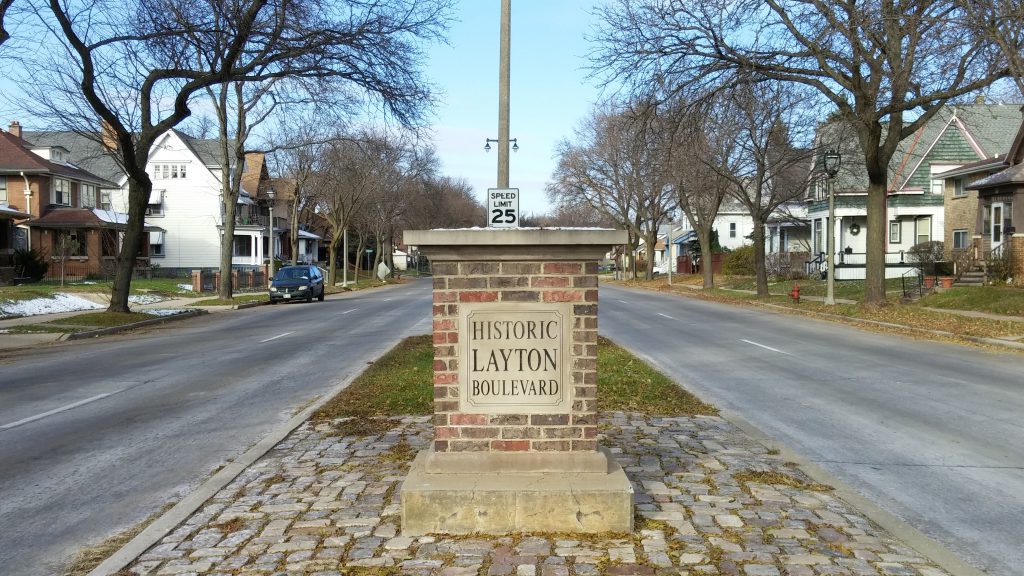
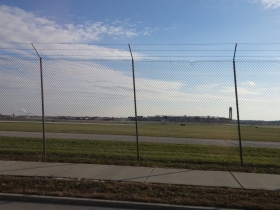
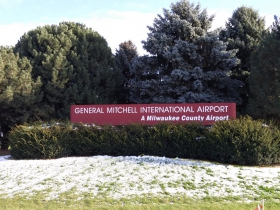
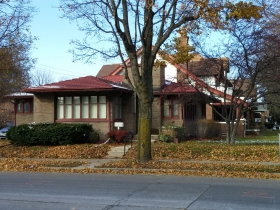
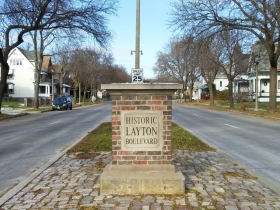
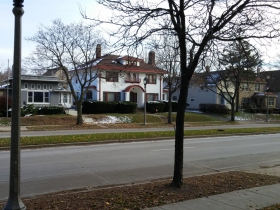
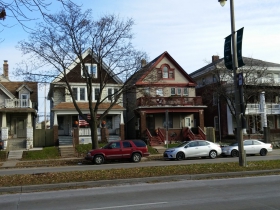



















Two other historic facts. Prior to the construction of the interstate highway system and I-94, 27th street was the extension of US 41, the main north-south route through Milwaukee. Because Layton Boulevard was, as stated, a boulevard, trucks were prohibited. Therefore, it meant that if you lived on South 26th Street, as I did as a kid, you had semi-trucks rumbling by at all hours of the night. In addition, there is another connection to the city’s revered history, especially for adolescents. That is the intersection of Layton Boulevard and Becher Street, home to the famous, at least on the south side, Becher Meat Market.